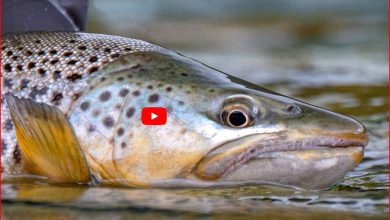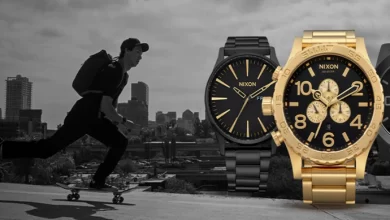
A reliable head torch/ head lamp is essential when it comes to adventure, whether you’re night tramping, setting up camp in the dark, or navigating tricky terrains.
Here’s what you should look for when picking the best one for your next escapade:

1. Brightness (Measured in Lumens)
The brighter, the better—but only to a point. Lumens measure how much light a head torch emits. While ultra-bright beams (200+ lumens) are perfect for night hiking or trail running, you don’t need this much for close-up tasks like cooking at camp or reading in your tent. Look for adjustable brightness settings to tailor your light for various activities.
Pro Tip: A head torch with around 150-300 lumens is great for most outdoor activities. Anything above 300 lumens is usually reserved for technical situations like caving or climbing at night.
2. Beam Distance and Pattern
Beam distance refers to how far the light will reach. A good head torch will offer both floodlight (wide) and spotlight (focused) settings. Floodlight is useful for tasks around the campsite, while a spotlight is crucial for spotting distant trail markers or hazards.
Pro Tip: A head torch with a beam distance of around 50-80 meters is usually sufficient for most adventure activities.

3. Battery Life and Types
Longevity matters—especially when you’re far from a power source. Check how long the head torch will run on its highest and lowest settings. Many head torches offer rechargeable batteries (like lithium-ion) or take standard AA or AAA batteries. Each has its advantages—rechargeables are eco-friendly but may not last as long, while standard batteries can be easily swapped out in the field.
Pro Tip: Carrying spare batteries is a must on multi-day adventures or solar chargers!

4. Weight and Comfort
A head torch that’s too heavy or has poor ergonomics can be a real pain—literally. Lightweight models (below 100 grams) with an adjustable headband are ideal for comfort. You’ll want something that sits snug but doesn’t pinch or slide around while you move.
Pro Tip: Look for a head torch with a separate battery pack at the back for better weight distribution, especially for high-lumen models.
5. Waterproof Rating (IPX Rating)
Your head torch should withstand the elements, especially if you’re exploring unpredictable environments. An IPX4 rating means it can handle splashes and rain, while IPX7 or IPX8 ratings are for full submersion (ideal for canyoning or kayaking).
Pro Tip: IPX4 is usually enough for most adventures, but if you’re headed somewhere wet, aim higher.

6. Durability
Outdoor adventures can be rough, and you need gear that’s up to the challenge. Check that your head torch has shockproof or impact-resistant ratings, especially if you’re prone to dropping things or exploring rugged terrain.
Pro Tip: Rubberized casing or shock-resistant frames will give your head torch more resilience during those inevitable knocks.
7. Red Light Mode
If you’re planning early morning starts or nights under the stars, a red light mode is key. It preserves your night vision, so you won’t blind your fellow adventurers or lose your ability to see in the dark after turning the light off.
Pro Tip: Red light mode is also great for wildlife observation, as it doesn’t startle animals.
8. Adjustable Tilt
An adjustable tilt is a game changer when you need to focus light on specific tasks without craning your neck. It’s especially useful for reading maps or setting up camp after dark.
Pro Tip: Look for a head torch with multiple tilt angles to suit different scenarios.
9. Lock Mode
Ever pull your head torch out of your pack, only to find it’s switched on and drained the battery? A lock mode prevents this by ensuring the torch only turns on when you need it.
Pro Tip: Head torches with lock modes or hard-to-accidentally-hit buttons are perfect for longer trips.
10. Price vs. Performance
There’s a vast range of head torches on the market, from budget-friendly options to high-end models. While it’s tempting to go for the cheapest option, investing in a quality head torch with good battery life, weather resistance, and brightness will save you headaches down the road.
Pro Tip: You will remember quality long after the cost.
Your head torch is more than just a flashlight strapped to your head—it’s an essential survival tool when you’re out adventuring. Whether you’re exploring caves, hiking in the dark, or just need a reliable camp light, pick a model that balances brightness, battery life, comfort, and durability.
In the December issue of Adventure we will have a full review of what is available in the market – A ‘Buyers Guide’
Just in case you missed the irony the first image is in jest 🙂







